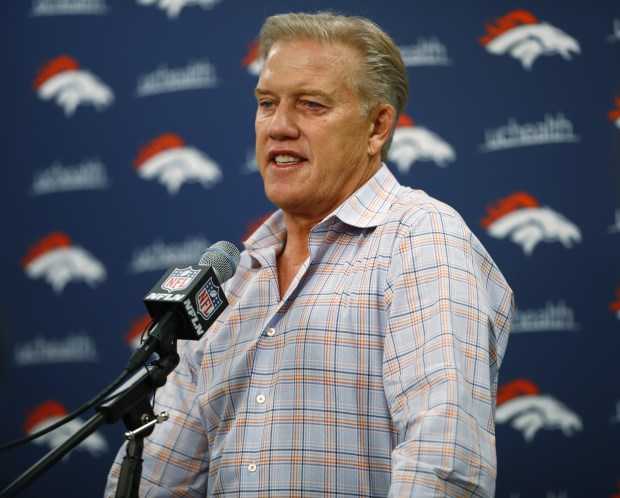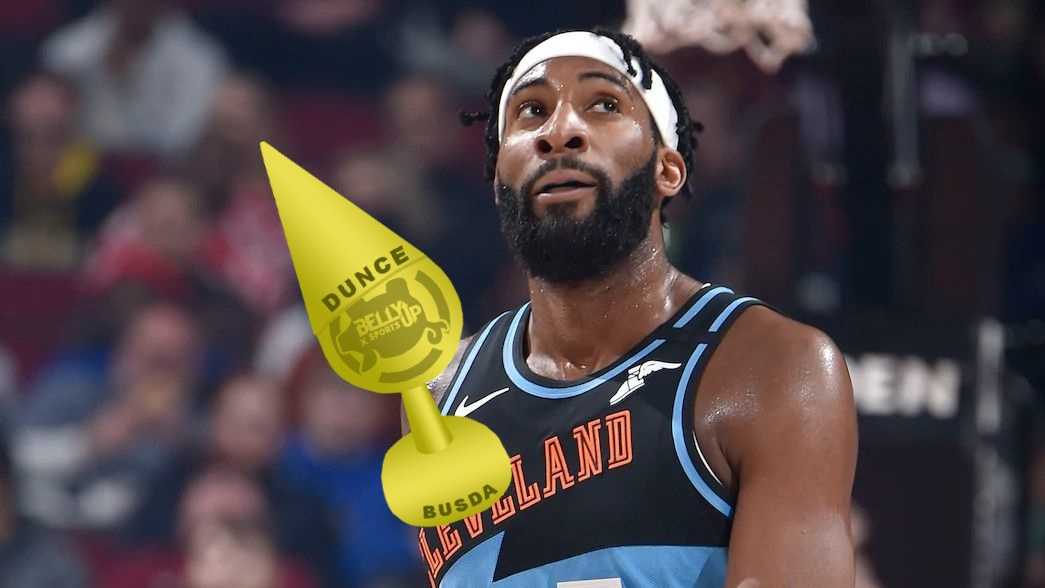Would People Still Hate Tom Brady and Bill Belichick? Would They Be the GOATs? How Long Would New England Be Without a Team?
Welcome to the What If… series. Usually, Scott does these, but I decided to give it a go (with his blessing, of course). In this column, we will discuss hypothetical situations from all avenues of sports and entertainment and we will examine what would happen to the major players involved. On this trip down the hypothetical highway, we take a look at how the NFL would be different if Robert Kraft never bought Foxboro Stadium, saving the team from becoming the Saint Louis Stallions.
A Bit of History
Prior to Bob Kraft’s Ownership, the Patriots were far from the team they are known as now. One Super Bowl appearance, a blowout to the ’85 Bears. The ’85 Patriots were owned by businessman Billy Sullivan, the founder of the team. After he went bankrupt in 1988, Victor Kiam bought the team, but Robert Kraft bought Foxboro Stadium in a bankruptcy sale the same year. After the team struggled under Kiam’s ownership and losing money, Kiam sold the team after the 1991 season to James Orthwein, who wanted to move the team to St. Louis. This time, the deal would include Foxboro Stadium.
A New City, A New Start
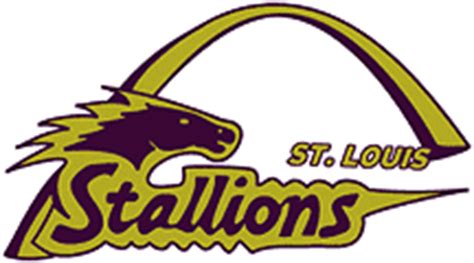
James Orthwein had one goal in mind when he bought the Patriots; move them to Saint Louis. With a new name, a new city, and a new coach in Bill Parcells, all the team needed was a new stadium. At this time, the Trans World Dome was being built in Saint Louis but did not finish until 1995. With a team waiting to move in, this would be sped up, being finished in 1994. With the deal being finalized during the 1992 season, the Patriots would officially become the Saint Louis Stallions in 1993 and play their games at Busch Memorial Stadium that season.
Drew Bledsoe: The Quarterback of the Heartlands
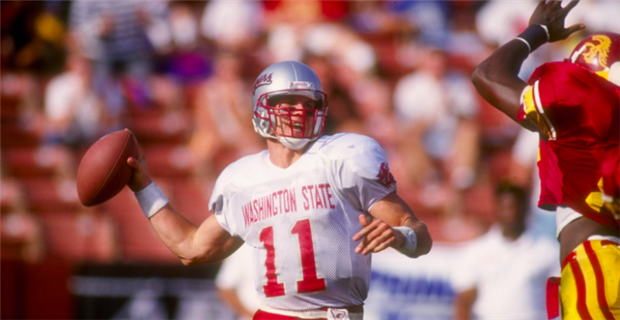
Following a 2-14 season in 1992 under Dick MacPherson, Bill Parcells took over a team. With Executive Vice President of Football Operations, Patrick Forte, the Saint Louis Stallions drafted their quarterback of the future, Drew Bledsoe, with the first overall pick. After an improved 1993 season going 5-11, the team drafted linebacker Willie McGinest fourth overall. At this point, Bledsoe proved to be a great pick the draft prior. He threw the ball more than any other quarterback in NFL history, and on the back of his Pro Bowl season, the Patriots went 10-6. The Stallions faced a former Parcells disciple in the Wild Card round- Bill Belichick. After losing to Cleveland, the Patriots went into the offseason hoping to build on their recent success.
In the 1995 season, the team took two impact players: cornerback Ty Law from Michigan in the first, and running back Curtis Martin in the third. These picks did not immediately pay off, as the team went 6-10 in the 1995 season.
1996: The Times Are Changing

After a disappointing 1995 season, the Stallions hoped this draft could turn it around. While Forte wanted to take Terry Glenn seventh overall, Parcells saw a chance to improve the defense, and argued to Orthwein to take defensive end Tony Brackens (Glenn would fall to 18th to the Houston Apollos.) Outside of the first, the Stallions selected Lawyer Milloy and Tedy Bruschi in the second and third rounds respectively, while signing a kicker from South Dakota State named Adam Vinatieri.
In 1996, things came together, as the Parcell led the team to a 12-4 record and their first Super Bowl appearance as the Saint Louis Stallions. The team held firm through the divisional and Wild Card rounds, only allowing six points throughout. Super Bowl XXXI, however, put the pressure on the offense. Bledsoe struggled, throwing a handful of picks, which caused the Stallions to be down 28-21 as the game came to a close. Luckily, the team relied on Curtis Martin, who had a decent day on the ground, until he broke a long run to tie it up with five minutes left. The young Stallions defense held firm, and forced a turnover on downs by the Packers with one minute left. Drew Bledsoe couldn’t get it going, as the game went to overtime.
Green Bay got the ball first in OT, and it looked like Brett Favre couldn’t be stopped. Marching the ball down to the Saint Louis 35, the Packers had a chance to win it. Ty Law had something to say about that, picking off Favre as he targeted Andre Rison at the Stallions five, and returned it to their 30. After Curtis Martin took the Stallions to the Green Bay 27, the drive stalled. Out came rookie kicker Adam Vinatieri with the game on the line. Putting your season on the foot of someone playing in Europe that same year is crazy, but Parcells had a feeling. His hunch paid off, and the Stallions left the Big Easy with a ring on their finger.
1996 Offseason: A Change in Management

Riding high off their Super Bowl victory, not much had to be changed following the 1996 season. One change that did come, however, was Bill Parcells’ role. After his petitioning for Brackens worked out, Orthwein gave Parcells complete football control of the team.
Football Returns to New England
After the Patriots left New England, no one really missed them for a while. The Red Sox, Bruins, and Celtics always dominated the city, but Boston sports had fallen on hard times. The Saint Louis Stallions’ success in the mid-’90s added salt to the wound.
One of America’s major cities not having an NFL team was also an issue for the NFL. Looking to add expansion teams in the mid-’90s, Boston was definitely on the list. There was another option, however. After struggling on the field and to cover expenses, Georgia Frontiere had had enough of Southern California. He put the Rams up for sale, and one man emerged from Boston to buy them: Robert Kraft. After failing to buy the Patriots when Billy Sullivan sold them to Victor Kiam, Kraft had slowly grown his other businesses. Once the Patriots left, however, Kraft turned his focus into his newfound obsession: bring professional football back to New England.
First Option: Bring the Rams to Boston
Immediately after the Patriots became the Stallions, Bob Kraft called Rams owner Georgia Frontiere. While Bob made a compelling offer, a group led by Texas oil magnate George W. Bush made an offer she couldn’t refuse in 1993. Initially meant solely to expand his portfolio, Dubya would use his ownership of the Rams to fill the void left in Houston by the Oilers in 1997. After a name change to the Houston Apollo’s (named after the NASA program that first brought a man to the moon), Kraft had to pray for NFL expansion soon. With no other teams up for sale, and expansion team was unlikely after the 1995 expansion was finalized while Kraft tried to negotiate for the Rams, it appeared the Boston would be without football for a while.
Consolation Prize: Expansion to Boston

In early 2002, America was riding high. The country was at peace, President Al Gore signed environmental protections were at the best since Teddy Roosevelt, and the stock market was soaring. Football fans in Boston also had reason to rejoice, as the NFL announced they would be receiving their new NFL franchise: the New England Ironsides. While Kraft petitioned to retain the Patriots history, the Stallions decided to retain it. James Orthwein had felt slighted by Kraft after he slandered Orthwein in the Boston Globe after the move, and retained the history.
The team would play in the old Foxboro Stadium under the ownership of Robert Kraft, while a new stadium was constructed right next to it. Choosing the name “Ironsides” after the USS Constitution, Bob Kraft chose to stick with the original red white and blue colors of the Patriots. Kraft also chose to stick with the Revolutionary imagery, using a Gadsden snake as the team’s logo. While it is never easy to start a new franchise, football had finally returned to New England.
Other Notable Changes
Bill Belichick: New York Giants Coach
After a relatively mediocre tenure as the Browns head coach, Belichick joined Bill Parcells’s staff as defensive coordinator in 1996. His defense helped secure a victory over the Packers, and Belichick wanted to be a head coach somewhere. After firing head coach Dan Reeves, Bill’s former employer needed a new coach: the New York Giants.
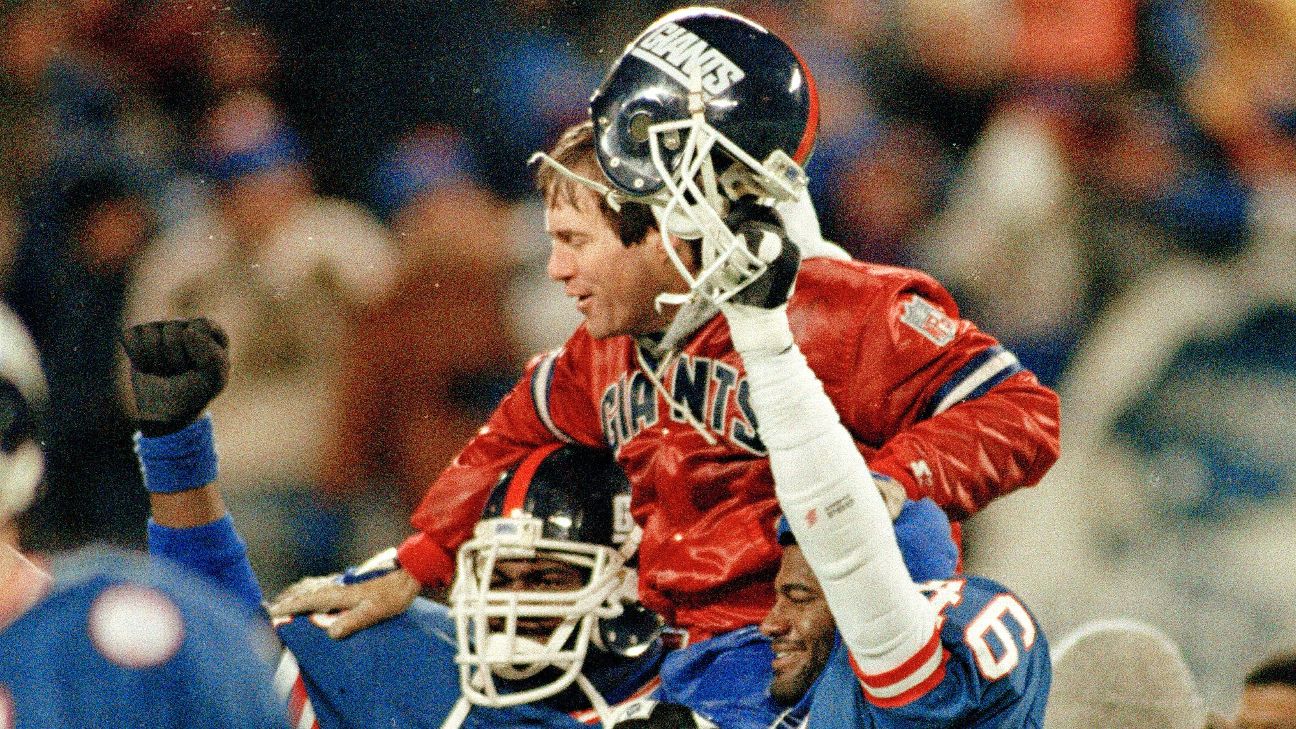
Tom Brady: the GOAT of Mutual Funds in Ann Arbor
Tom Brady wasn't sure he was going to have an NFL career.
— Darren Rovell (@darrenrovell) February 5, 2018
So he put together this resume. pic.twitter.com/sPLuFigHvm
Following a semi-successful collegiate career, Tom Brady was not sure he would ever be drafted. He was drafted by the New York Giants in the early seventh round. While coach Belichick saw something in Brady, the front office disagreed. While Bill had control of the team, he agreed Tom was not ready to start and relegated him to the team’s practice squad. After bouncing around the league for a while, Tom retired to his college town of Ann Arbor and got a job working for Merrill Lynch.
Follow me on Twitter @BellyUpKev and check out other great NFL articles by the Belly Up Sports team.


